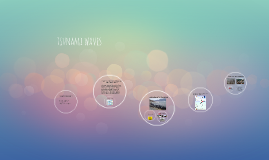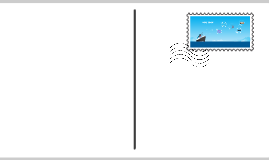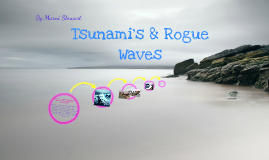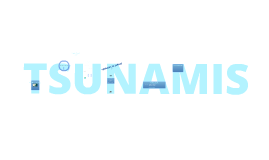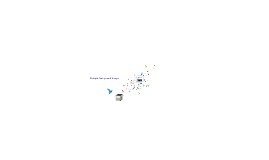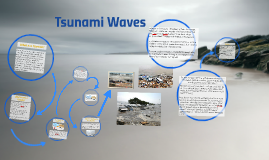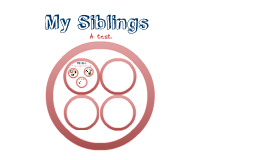Tsunami Waves
Transcript: http://news.nationalgeographic.com/news/2007/04/070402-tsunami.html http://academic.evergreen.edu/g/grossmaz/springle/ http://www.livescience.com/39110-japan-2011-earthquake-tsunami-facts.html Earthquakes and Tsunamis Tsunamis, on the other hand, can be caused by a few different means: 1) the down drop or upthurst of the Earth’s crust which results in an earthquake; 2) a large-scale undersea landslide; 3) a submarine volcanic eruption of a certain degree; or potentially, 4) a large meteor impact at sea. The vast majority of tsunamis result from earthquakes. Tsunami Waves Japanese Earthquake and Tsunami What is a Tsunami? A tsunami is a series of great sea waves caused by an underwater earthquake, landslide, or volcanic eruption. The term tsunami has its origins in the Japanese language; an English equivalent is "seismic sea waves." Tsunamis are often incorrectly interchanged with the term" tidal waves," which refer to high waves of water caused by changes in the flow and surge of the ocean. Most tsunamis are caused by earthquakes generated in a subduction zone, an area where an oceanic plate is being forced down into the mantle by plate tectonic forces. The friction between the subducting plate and the overriding plate is enormous. This friction prevents a slow and steady rate of subduction and instead the two plates become "stuck". As the stuck plate continues to subduct into the mantle the motion causes a disturbance in the overriding plate. The result is an accumulation of energy very similar to the energy stored in a compressed spring. Then when the pressure becomes too much overriding plate snaps back into an unrestrained position. This sudden motion is the cause of the tsunami - because it gives an enormous shove to the overlying water. At the same time, inland areas of the overriding plate are suddenly lowered. In Japan, residents are still recovering from the disaster. Radioactive water was recently discovered leaking from the Fukushima Daiichi Nuclear Power Plant, which suffered a level 7 nuclear meltdown after the tsunami. Japan relies on nuclear power, and many of the country's nuclear reactors remain closed because of stricter seismic safety standards since the earthquake. Four years after the quake, about 230,000 people who lost their homes were still living in temporary housing, Japan's Reconstruction Agency said. What Causes a Tsunami? The total damages from the earthquake and tsunami are estimated at $300 billion dollars (about 25 trillion yen), according to the Japanese government. On March 11, 2011, a magnitude-9 earthquake shook northeastern Japan, unleashing a devastating tsunami. The effects of the great earthquake were felt around the world. Tsunami debris continues to wash up on North American beaches two years later. Sources: The number of confirmed deaths is 15,891 as of April 10, 2015, according to Japan's National Police Agency. Most people died by drowning. More than 2,500 people are still reported missing. Less than an hour after the earthquake, the first of many tsunami waves hit Japan's coastline. The tsunami waves reached run-up heights (how far the wave surges inland above sea level) of up to 128 feet (39 meters) at Miyako city and traveled inland as far as 6 miles (10 km) in Sendai. The tsunami flooded an estimated area of approximately 217 square miles (561 square kilometers) in Japan.







